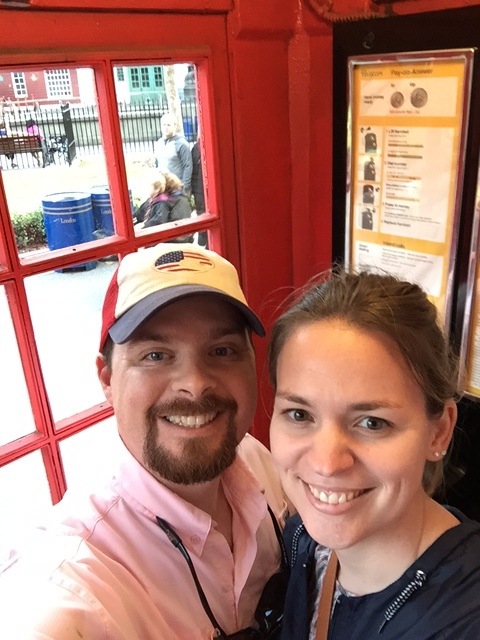
Unit 2 Test Review 2023
Quiz
•
Science
•
10th Grade
•
Medium

Kelly Macarthur
Used 9+ times
FREE Resource
32 questions
Show all answers
1.
MULTIPLE CHOICE QUESTION
30 sec • 1 pt
The planets in our solar system are thought to have come from
clumps of rocky material that exists between the stars
the same cloud of gas and dust in which the sun formed
the cloud of gas in the Orion nebula
the sun
2.
MULTIPLE CHOICE QUESTION
30 sec • 1 pt
The outer planets are mostly large and gaseous because
beyond the frost line, H froze to form the jovian planets
the Sun's gravity caused the denser rock and metals to settle towards the center of the solar system
beyond the frost line, the gravity of large, ice-rich planetestmals captured the abundant light gases
the disk's spin flung lighter materials farther from the sun
3.
MULTIPLE CHOICE QUESTION
30 sec • 1 pt
As the solar nebula collapsed under its own gravity,
it increased in temperature and increased in spin
it decreased in temperature and increased in spin
it decreased in temperature and decreased in spin
it increased in temperature and decreased in spin
4.
MULTIPLE CHOICE QUESTION
30 sec • 1 pt
The nebular theory of the formation of the solar system successfully predicts all but one of the following. Which one does the theory not predict?
planets orbit around the sun in nearly circular orbits in a flattened disk
the compositional differences between the terrestrial and jovian planets
the equal number of terrestrial and jovian plantes
asteroids, Kuiper-belt comets, and Oort cloud
5.
MULTIPLE CHOICE QUESTION
30 sec • 1 pt
The age of our solar system is approximately
10,000 years
3.8 million years
4.6 million years
4.6 billion years
6.
MULTIPLE CHOICE QUESTION
30 sec • 1 pt
True or False: Nebular theory predicts that other solar systems that formed in the same way should also have eight planets.
True
False
7.
MULTIPLE CHOICE QUESTION
30 sec • 1 pt
This type of planet(s) have many moons.
Inner
Outer
Create a free account and access millions of resources
Similar Resources on Wayground

35 questions
Earth, Sun, Moon Test
Quiz
•
8th Grade - University

30 questions
The Moon Review
Quiz
•
10th Grade - University

28 questions
U2L4 Review Quizizz (Gravity)
Quiz
•
6th Grade - University

32 questions
Topic 4. Motion of Earth, Moon and Sun
Quiz
•
8th - 10th Grade

34 questions
Earth, Sun & Moon
Quiz
•
8th Grade - University

30 questions
Module 2 Review Part 1
Quiz
•
9th - 12th Grade

35 questions
IS - Astronomy Quiz
Quiz
•
9th - 10th Grade

33 questions
General Science - Planet Review
Quiz
•
9th - 12th Grade
Popular Resources on Wayground

10 questions
Video Games
Quiz
•
6th - 12th Grade

10 questions
Lab Safety Procedures and Guidelines
Interactive video
•
6th - 10th Grade

25 questions
Multiplication Facts
Quiz
•
5th Grade

10 questions
UPDATED FOREST Kindness 9-22
Lesson
•
9th - 12th Grade

22 questions
Adding Integers
Quiz
•
6th Grade

15 questions
Subtracting Integers
Quiz
•
7th Grade

20 questions
US Constitution Quiz
Quiz
•
11th Grade

10 questions
Exploring Digital Citizenship Essentials
Interactive video
•
6th - 10th Grade
Discover more resources for Science

10 questions
Exploring the Scientific Method
Interactive video
•
6th - 10th Grade

10 questions
Exploring Chemical and Physical Changes
Interactive video
•
6th - 10th Grade

10 questions
Exploring the Basics of Density
Interactive video
•
6th - 10th Grade

10 questions
Kinetic and Potential Energy Explained
Interactive video
•
6th - 10th Grade

10 questions
The Evolution of Atomic Theory
Interactive video
•
6th - 10th Grade

10 questions
Exploring Biomes and Ecosystems for Kids
Interactive video
•
6th - 10th Grade

10 questions
Exploring Metals, Nonmetals, and Metalloids
Interactive video
•
6th - 10th Grade

10 questions
Exploring Latitude and Longitude Concepts
Interactive video
•
6th - 10th Grade
